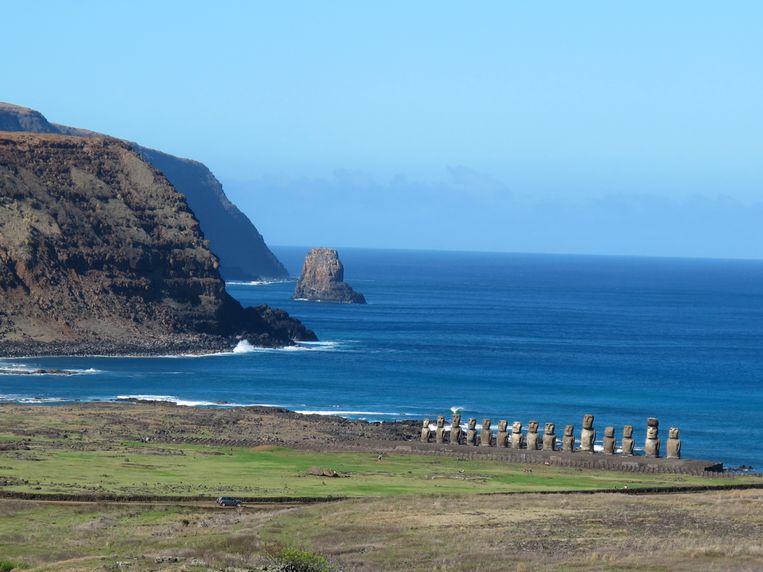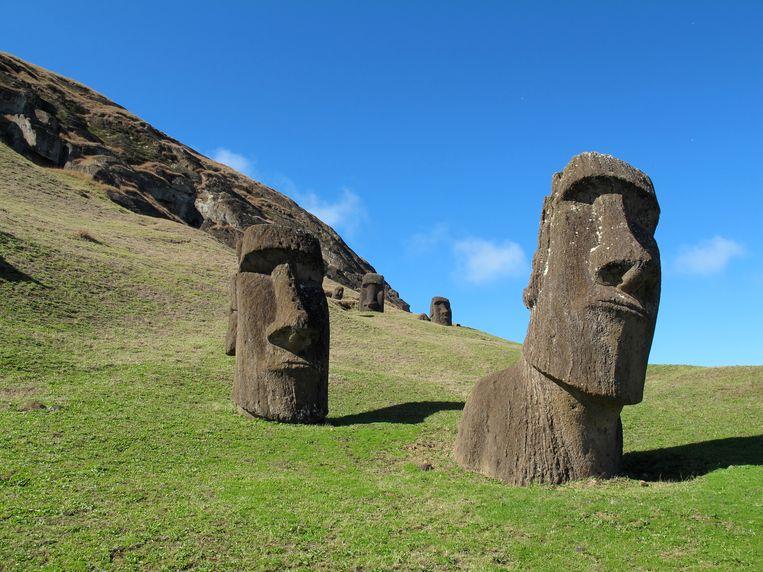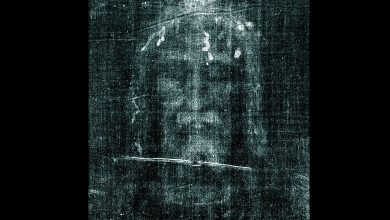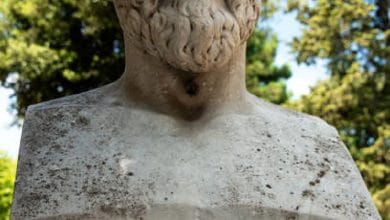Easter Island: scientists think they have unveiled the greatest mysteries
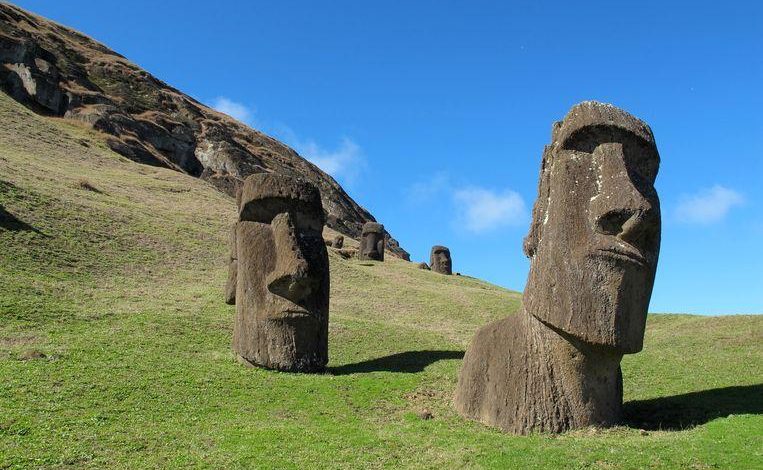
The mysterious images on Easter Island are among the most famous sculptures in the world. The sculptures from volcanic rock make the island in the Pacific one of the most mysterious places on earth, scientists now think they know why the images were put in certain places such as coastal areas.
Easter Island lies almost 3700 kilometres west of Chile and more than 2,000 kilometres from the nearest inhabited country, making it one of the most remote islands in the world. Nearly one thousand meters high moai statues were built by the Rapa Nui between the 12th and 15th centuries and remind of the flourishing civilization. At the height of the moai civilization there were ten to twelve thousand people.
But the purpose of the images and associated ceremonial platforms, also called ahu, remained a big mystery to scientists. Researchers also wondered how the inhabitants survived on such a remote island with scarce resources. So, it was a mystery where the inhabitants, the Rapa Nui, got their drinking water, but scientists now seem to have an explanation for those two mysteries.
According to a new study published in the scientific journal Plos One, the monoliths were placed to point the way to potable water near coastal areas.
Brackish water
A team of scientists investigated the locations of 93 ahu’s and linked it to three factors that determined the conflict between settlements: agriculture, fishing grounds and the presence of freshwater. It was found that the ahu’s corresponded to locations where water seeped down and then the ocean, more specifically places where porous rocks meet the ocean.
A freshwater stream then formed in the sea. The salty water would have been drinkable and was collected by the Rapa Nui. Investigation of historical sources of European showed that the population “largely depended on brackish water and drank quite a lot from the Pacific”. The images are therefore positioned in places where fresh water can be found.
“No ritual places”
“What is important is that the research shows that the locations of the images are not ritual places, but integrated into the lives of the communities,” said Carl Lipo, professor of anthropology at the University of Binghamton.
“In places where enormous quantities of fresh water were to be found, we see gigantic images,” said Lipo. With this, the authors of the research also suggest that the size of the moai images and ahu indicate the quantity and quality of the water at the location.
